Your RTX 4070 is struggling to hit 144 FPS. Your friend with the same GPU gets better performance The difference? They actually optimized Windows 11 for gaming, while you’re running default settings that prioritize security over speed.
Here’s what Microsoft won’t advertise: Windows 11 ships with performance-killing features enabled by default. Some users lose up to 5% of their gaming performance to virtualization features they don’t even know exist.
Your Current Windows 11 Gaming Performance
VBS enabled, Game Mode off, default GPU scheduling
Game Mode enabled, power plan optimized, GPU settings configured
VBS disabled, all tweaks applied, services optimized
The Hidden Performance Killers in Windows 11

Windows 11 wasn’t designed exclusively for gaming. Microsoft balanced performance with security, productivity, and compatibility. For gamers, this means several features actively reduce your FPS while providing benefits you might never use.
The biggest culprit? Virtualization-Based Security (VBS) and Memory Integrity. These features can cost you up to 5% of your gaming performance, especially on older Windows builds, depending on the game and your hardware. Yet most users don’t even know they exist.
Default Windows 11 Settings Impact
How each feature affects your gaming performance
| Feature | Default State | Performance Impact | What It Does |
|---|---|---|---|
| VBS & Memory Integrity | Enabled | -5% to -25% FPS | Protects kernel from malware using virtualization |
| GPU Scheduling (HAGS) | Disabled | +1GB VRAM usage | Offloads scheduling to GPU hardware |
| Power Plan | Balanced | CPU throttling | Reduces clock speeds to save power |
| Background Services | 100+ Running | -2% to -5% FPS | Various system services consuming resources |
| Nagle’s Algorithm | Enabled | +5-15ms latency | Bundles TCP packets, adding delay. Only works in TCP games |
Priority Optimizations
Not all optimizations are equal. Some provide massive gains with minimal risk, while others offer marginal improvements but could cause instability. Here’s your prioritized action plan:
Disable VBS & Memory Integrity
The single biggest performance boost. Disabling virtualization-based security features can reclaim 5% of lost FPS, especially in CPU-bound games.
Enable Game Mode & Optimizations
Modern Game Mode better prioritizes CPU resources and prevents updates in the background. Combined with windowed optimizations, provides exclusive fullscreen performance without the hassle.
Configure Power & GPU Settings
In some cases, High Performance power plan can help prevent the CPU from downclocking. HAGS reduces CPU overhead but increases VRAM usage. Critical for consistent frame times.
Network Optimizations
Disabling Nagle’s Algorithm can reduce online gaming latency by 5-15ms. Only affects TCP-based games, but makes a noticeable difference in responsiveness.
Service & Registry Tweaks
Disabling unnecessary services and tweaking scheduler priorities provides marginal gains. Only for dedicated gaming rigs managed by advanced users.
DirectStorage Setup
Dramatically reduces loading times in supported games. Requires NVMe SSD and game developer implementation. Currently limited but growing support.
Step 1: Check and Disable VBS (The Big One)
Virtualization-Based Security is enabled by default on all new Windows 11 installations and new PCs. However, it’s usually NOT enabled if you upgraded from Windows 10. This single feature can cost you decent gaming performance.
Check Your VBS Status
Takes 30 seconds to verify if you’re affected
- Press Windows key and type “System Information”
- Open the System Information app
- In the System Summary, scroll down to find “Virtualization-based security”
- Check if it says “Running” or “Not enabled”
If it says “Not enabled”: You’re already optimized. Skip to the next section.
Disable Memory Integrity
First part of disabling VBS
- Press Windows key and type “Core Isolation”
- Click on “Core isolation” when it appears
- Toggle “Memory integrity” to Off
- Restart your PC when prompted
Disable Virtual Machine Platform
Completes the VBS removal
- Press Windows key and type “Turn Windows features on or off”
- Scroll down and uncheck “Virtual Machine Platform”
- Click OK and restart when prompted
bcdedit /set hypervisorlaunchtype off
Step 2: Enable Modern Gaming Features
Windows 11’s Game Mode is slightly better than the Windows 10 version and prioritizes CPU resources better than before.
Enable Core Gaming Features
Essential for all gaming PCs
- Go to Settings > Gaming > Game Mode and turn it On
- Navigate to Settings > System > Display > Graphics
- Click “Change default graphics settings”
- Enable Hardware-accelerated GPU scheduling
- Enable Variable refresh rate
- Enable Optimizations for windowed games
- Restart your PC for GPU scheduling to take effect
Step 3: Optimize Power and Background Processes
Windows defaults to balanced power plans that throttle your CPU to save energy. For gaming, you need consistent maximum performance.
Set High Performance Power Plan
Prevents CPU throttling during gameplay
- Go to Settings > System > Power & battery
- Set Power mode to Best performance
- For more control, open Control Panel > Power Options
- Select High performance or Ultimate Performance if available. For AMD CPUs – it’s recommended to stick to Balanced.
Disable Startup Programs
Free up RAM and reduce background CPU usage
- Press Ctrl + Shift + Esc to open Task Manager
- Click on the Startup apps tab
- Right-click and disable everything except:
- Essential drivers (GPU, audio)
- Antivirus (if not using Windows Defender)
- Gaming peripherals software
Step 4: Network Optimization for Online Gaming
For competitive online gaming, every millisecond counts. Windows has a built-in feature called Nagle’s Algorithm that bundles small network packets together, adding 5-15ms of latency. Disabling it can noticeably improve responsiveness.
Step 5: DirectStorage
DirectStorage is Windows 11’s revolutionary I/O technology that bypasses traditional bottlenecks. It can reduce loading times from 10 seconds to under 2 seconds in supported games by sending data directly from your NVMe SSD to your GPU.
DirectStorage Requirements & Benefits
Next-gen loading technology explained
| Requirement | Your System Needs | Benefit |
|---|---|---|
| Storage | NVMe SSD (PCIe 3.0 minimum) | 70% faster I/O throughput |
| GPU | DirectX 12 with Shader Model 6.0 | GPU decompression instead of CPU |
| Windows Version | Windows 11 (optimal) or Windows 10 1909+ | Improved storage stack in Win11 |
| Game Support | Developer must implement DirectStorage | Near-instant loading, no texture pop-in |
Check DirectStorage Compatibility
Verify if your system is ready
- Open Xbox Game Bar (Win + G) and go to Settings > Gaming Features
- Look for “DirectStorage” status
- If supported, ensure games are installed on your NVMe drive
- Check individual game settings for DirectStorage options
Common Myths About Windows 11 Gaming
The internet is full of outdated or incorrect optimization advice. Let’s separate fact from fiction:
Gaming Optimization Myths Debunked
| Common Myth | Reality | What to Do Instead |
|---|---|---|
| “Game Mode is useless” | Was true in early Windows 10, not anymore | Test on and off, it works well for some and worse for others |
| “Defrag your SSD for better performance” | Harmful – reduces SSD lifespan | Windows handles SSD optimization automatically |
| “Disable page file for more RAM” | Causes crashes when RAM fills up | Leave it on your fastest drive (NVMe) |
| “32GB RAM doubles gaming performance” | No benefit over 16GB for most games, but might help with more demanding AAA titles | Focus on RAM speed (DDR5-6000+) instead |
| “More CPU cores = better gaming” | Most games use 6-8 cores maximum | Prioritize single-thread performance |
Your Complete Optimization Checklist
Follow this priority order for maximum impact with minimum risk:
Essential Optimizations Checklist
Complete these in order for best results
Tier 1: Foundation (Do First)
- ☐ Update GPU drivers to latest version
- ☐ Update Windows 11 to latest version
- ☐ Enable XMP/EXPO in BIOS for RAM
- ☐ Set Power Mode to Best Performance
Tier 2: Core Gaming Features
- ☐ Enable Game Mode
- ☐ Enable Windowed Optimizations
- ☐ Enable Variable Refresh Rate
- ☐ Enable HAGS (monitor VRAM usage)
- ☐ Configure Auto HDR (if applicable)
Tier 3: The Big Performance Win
- ☐ Check VBS status
- ☐ Disable Memory Integrity (if comfortable)
- ☐ Disable Virtual Machine Platform
Tier 4: Advanced (Optional)
- ☐ Disable Nagle’s Algorithm (Affects TCP games only)
- ☐ Apply Registry gaming tweaks
- ☐ Disable unnecessary services
The Bottom Line
Windows 11 can match or exceed Windows 10’s gaming performance on modern hardware after proper optimization. The biggest gains come from disabling VBS (about 5% improvement) and enabling modern gaming features like the new Game Mode.
For most gamers, completing Tiers 1-3 will unlock extra performance gains.
Frequently Asked Questions
Is Windows 11 worse for gaming than Windows 10?
Not necessarily. Windows 11 has better gaming features like DirectStorage and improved Game Mode, but it enables security features by default that can reduce performance by roughly 5% After proper optimization (especially disabling VBS), Windows 11 can match or exceed Windows 10 performance.
What is VBS and should I disable it for gaming?
Virtualization-Based Security (VBS) protects your kernel from malware using hardware virtualization. It’s enabled by default on new Windows 11 installations and can reduce gaming performance significantly. For dedicated gaming PCs that don’t handle sensitive data, disabling it provides significant FPS gains. Keep it enabled on work or general-use computers.
Does Game Mode actually work in Windows 11?
Yes, Game Mode in Windows 11 is slightly better than the same feature in Windows 10 and prioritizes CPU resources better. Test on and off. Some people report better results, while others say it makes performance worse.
Should I enable Hardware-Accelerated GPU Scheduling?
HAGS provides small performance gains (1-2%) but increases VRAM usage by up to 1GB. Enable it if you have 10GB+ VRAM or need DLSS 3 (which requires it). Disable it if you have 8GB or less VRAM and experience stuttering in demanding games.
What’s DirectStorage and do I need it?
DirectStorage is a new API that dramatically reduces game loading times by bypassing CPU bottlenecks and using GPU decompression. You need an NVMe SSD and a DirectX 12 GPU, but the game must also support it. Currently limited to a few titles but growing. It can reduce loading from 10 seconds to under 2 seconds.
Will disabling services break my PC?
Disabling the services mentioned (Print Spooler, Windows Search, etc.) won’t break Windows but will remove their functionality. Only disable services on a dedicated gaming PC where you don’t need printing, search, or remote access. Never do this on a work or general-use computer.
Do I need 32GB RAM for gaming in 2025?
Only upgrade to 32GB if you’re streaming or playing more demanding titles. 16GB remains sufficient for most games. Instead, focus on fast RAM (DDR5-6000+) in dual-channel configuration.
Should I disable the page file?
Never disable the page file. It’s a critical safety net when RAM fills up. Disabling it causes crashes and instability with no performance benefit. Windows manages it efficiently by default. Just ensure it’s on your fastest drive (usually your OS NVMe SSD).
How much performance can I gain from these optimizations?
Total gains vary by system and game. Disabling VBS alone provides a decent improvement. All optimizations combined typically yield: 10-15% average FPS increase across all games and slightly reduced input lag. The biggest gains come from VBS removal and proper power management.
Are these optimizations safe?
Yes, when done correctly. The main trade-off is security (disabling VBS) versus performance. All settings can be reverted. Create a system restore point before making changes. Only apply advanced registry tweaks if you’re comfortable with that level of modification. Start with basic optimizations first.
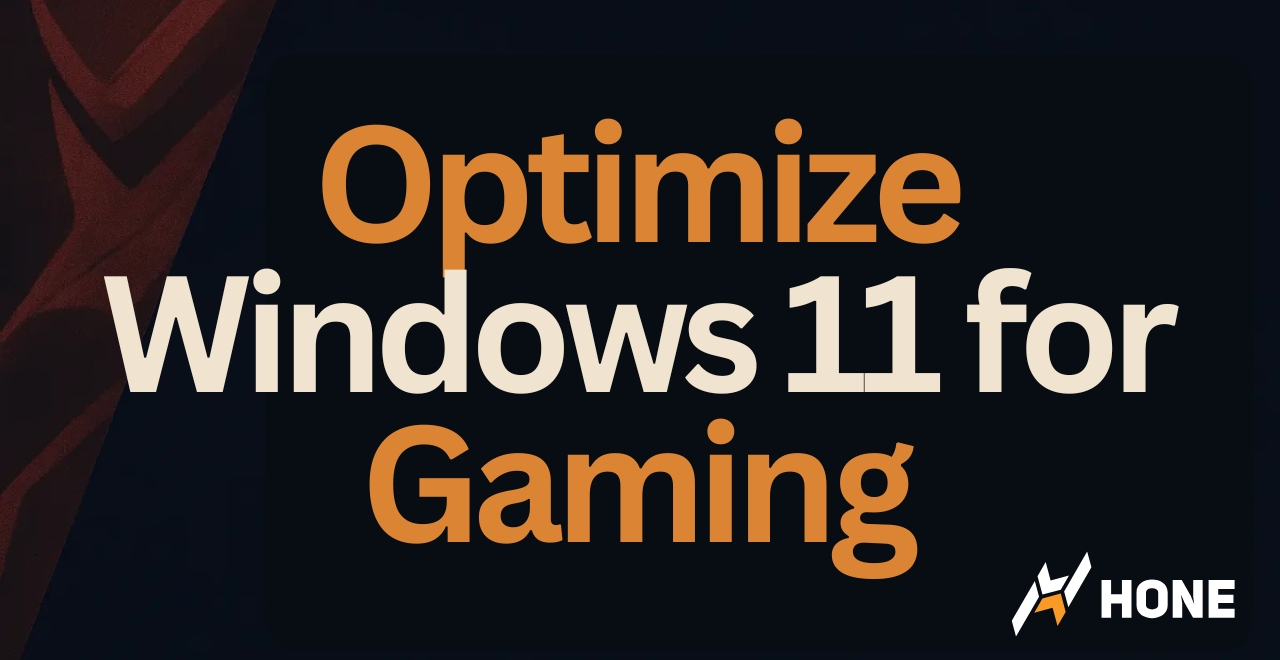

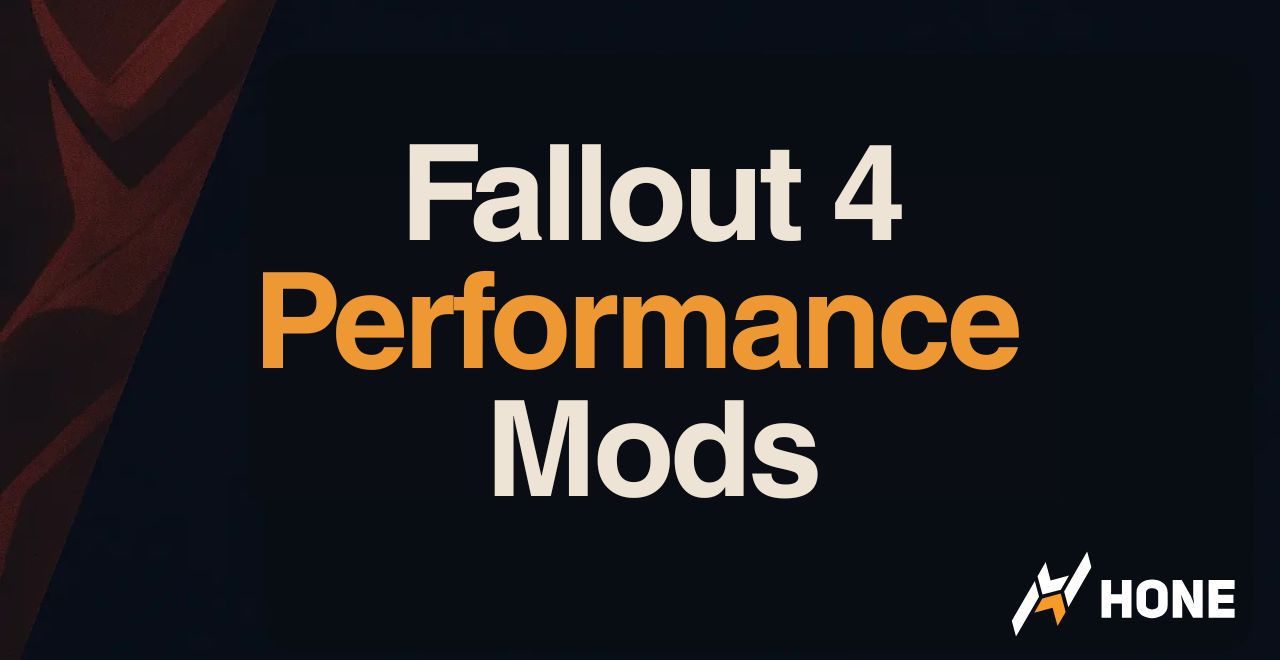
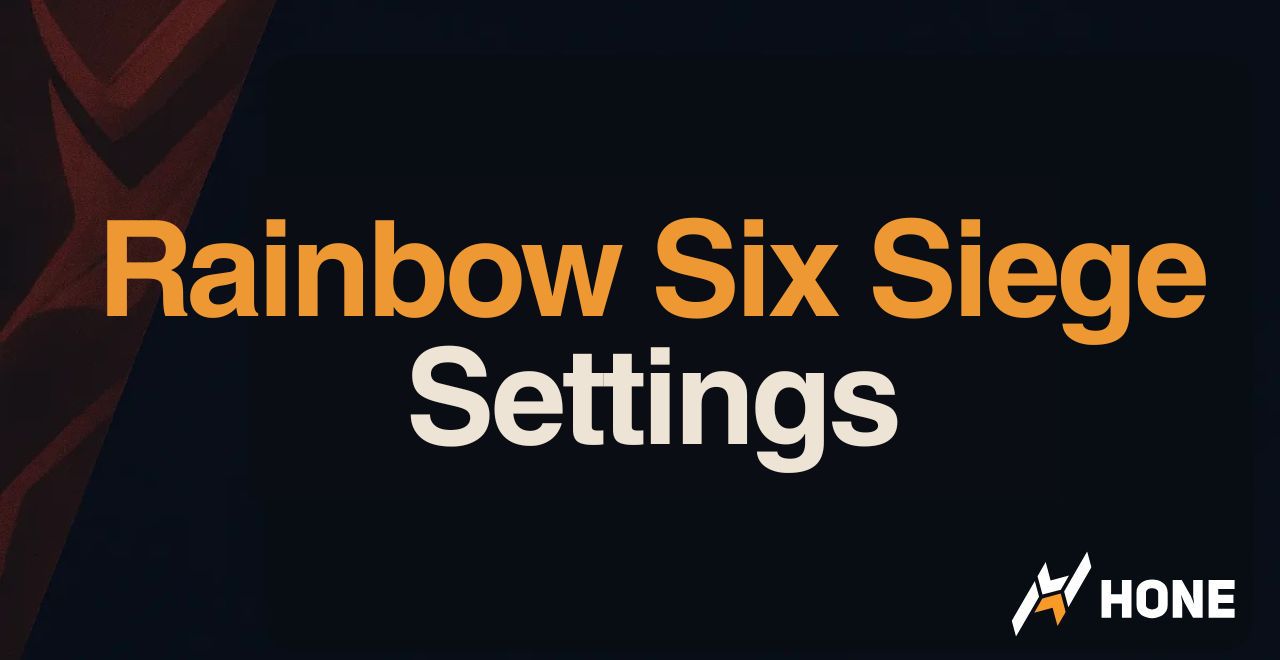
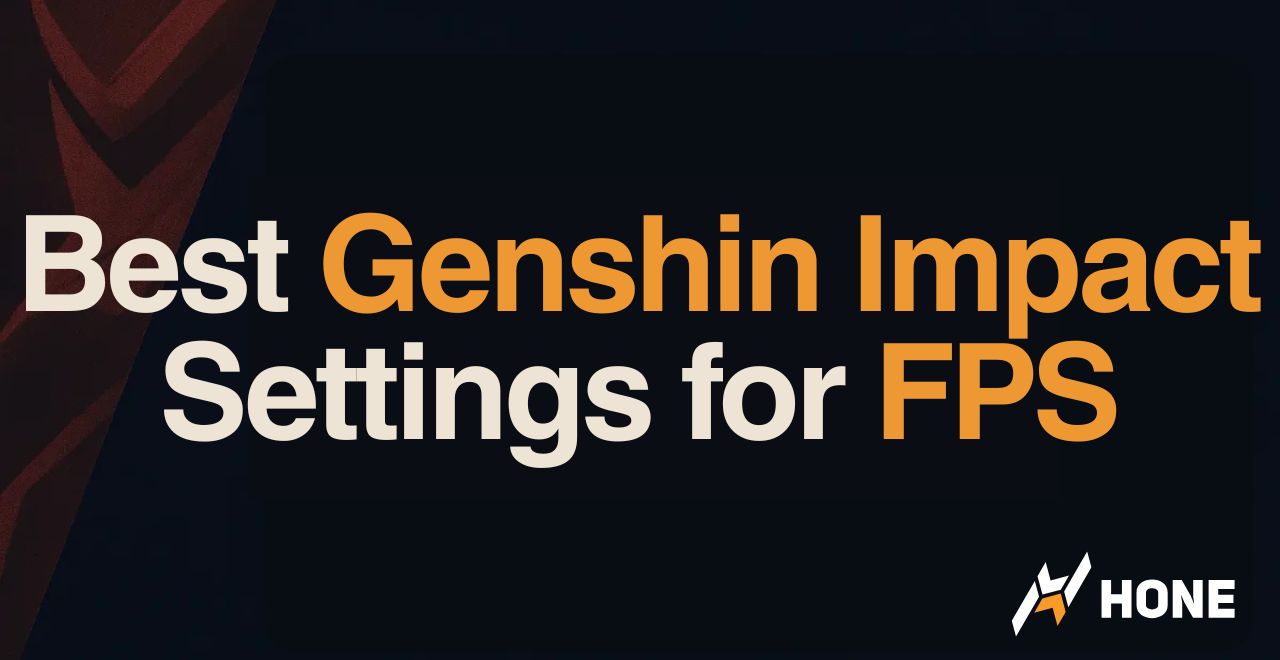
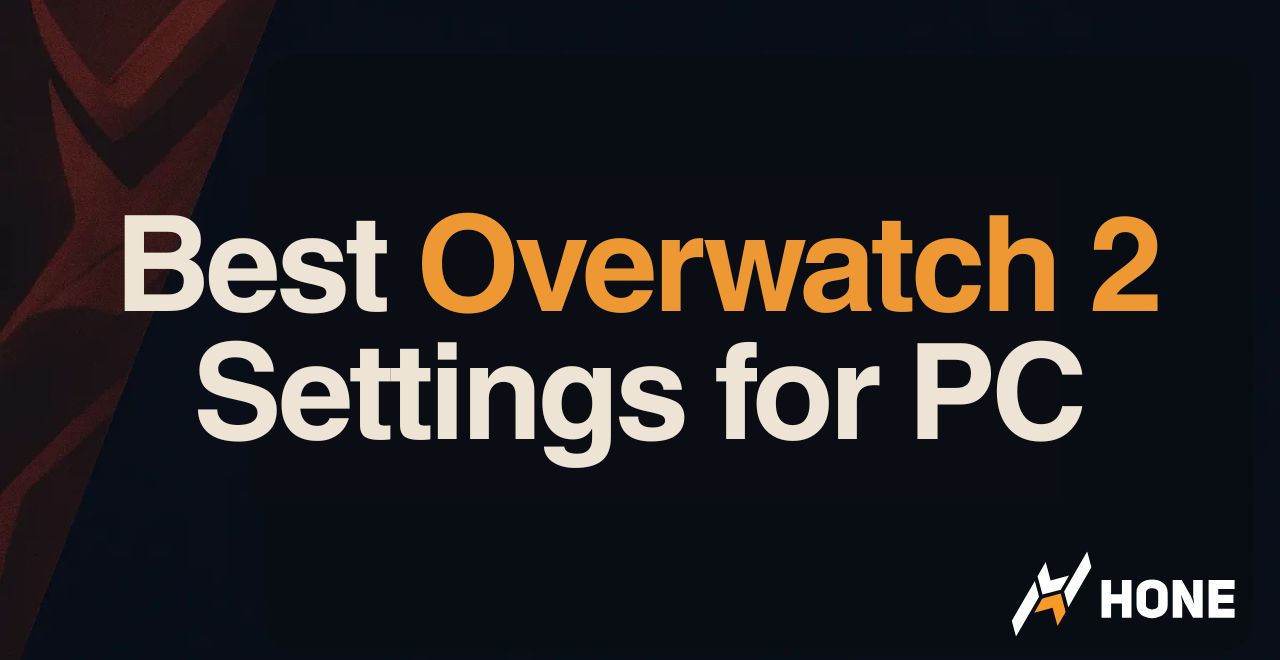
 Discord
Discord
 Instagram
Instagram
 Youtube
Youtube
 TikTok
TikTok